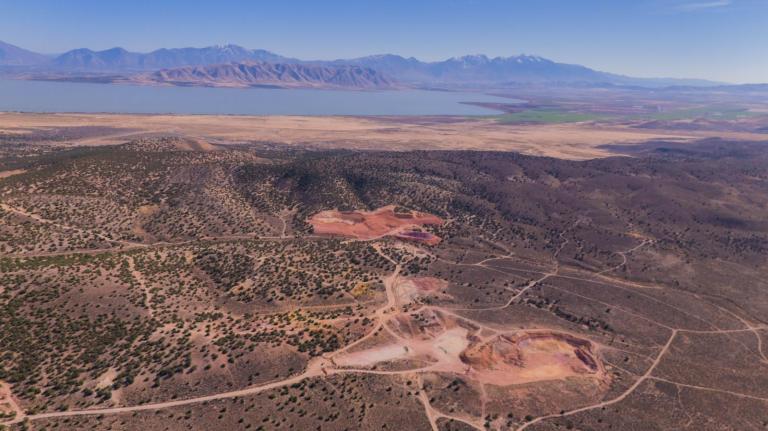Thanks to reader EM for drawing our attention to a speech given by Canadian Prime Minister Paul Martin to the Economic Club in New York on Oct. 6.
He begins with lots of happy talk about the many shared interests of Canada and the U.S., and concludes by raising two problems. The first is familiar to devotees of Canadian politics: trade disputes, namely over softwood lumber and beef.
The second — and this, I must admit, came as a surprise to me — is U.S. desire to drill in the Arctic National Wildlife Refuge. Martin objects on environmental grounds. The cynic in me assumes there must be some other angle here. Perhaps he’s maneuvering on behalf of Canadian energy producers. I’m not sure. Maybe someone more familiar with Canadian politics can educate us in comments.
Anyway, here’s the relevant passage from the speech:
The second concern I want to discuss tonight addresses another dimension of our partnership — that of joint stewardship of the North American environment. In this context, the U.S. interest in drilling in the Arctic National Wildlife Refuge — ANWR — gives rise to great reservations on the part of Canada and Canadians.
Now, you may ask what business is it of the Canadian Prime Minister to question what the United States can do in its own territory. Fair enough. The answer is that Canada and the United States have a mutual obligation to the fragile ecosystem of the north. It must be protected and nurtured, not despoiled. Drilling in the ANWR puts both wildlife and the culture of the G’witchin people at risk. It’s our mutual obligation to ensure they are not.
And it’s not a new obligation. Some 20 years ago, we jointly agreed to protect the Porcupine River caribou herd, which each year migrates from the Yukon in Canada to the refuge’s coastal plain. Now, we can argue the limits of that specific agreement but surely the underlying principle — that of shared stewardship — is one that we should recognize.
This is not to say we don’t understand the impulse to ensure a secure supply of oil for American consumers. But even by optimistic estimates, there is only enough oil under the refuge to meet America’s energy needs for 200 days. If you’re looking for a long-term solution, this isn’t it. And in Canada’s view, it simply is not worth the risk of permanent environmental damage.
Now, you may well say, We need that oil. Our alternative sources around the world are too risky. But let’s look at the reality. Our nation is already your number one supplier of imported energy: nearly all of the electricity, nearly 85% of the natural gas, and about 16% of the refined oil and crude that you import comes from Canada. Add to this the Alberta oil sands — with at least 175 billion barrels of recoverable supply, which represents more than two-thirds of Saudi Arabia’s equivalent reserves — and our vast, unexploited hydroelectric resources, and there is no reason why, as joint stewards of the environment, we can’t cover whatever potential output might have otherwise come from ANWR.


